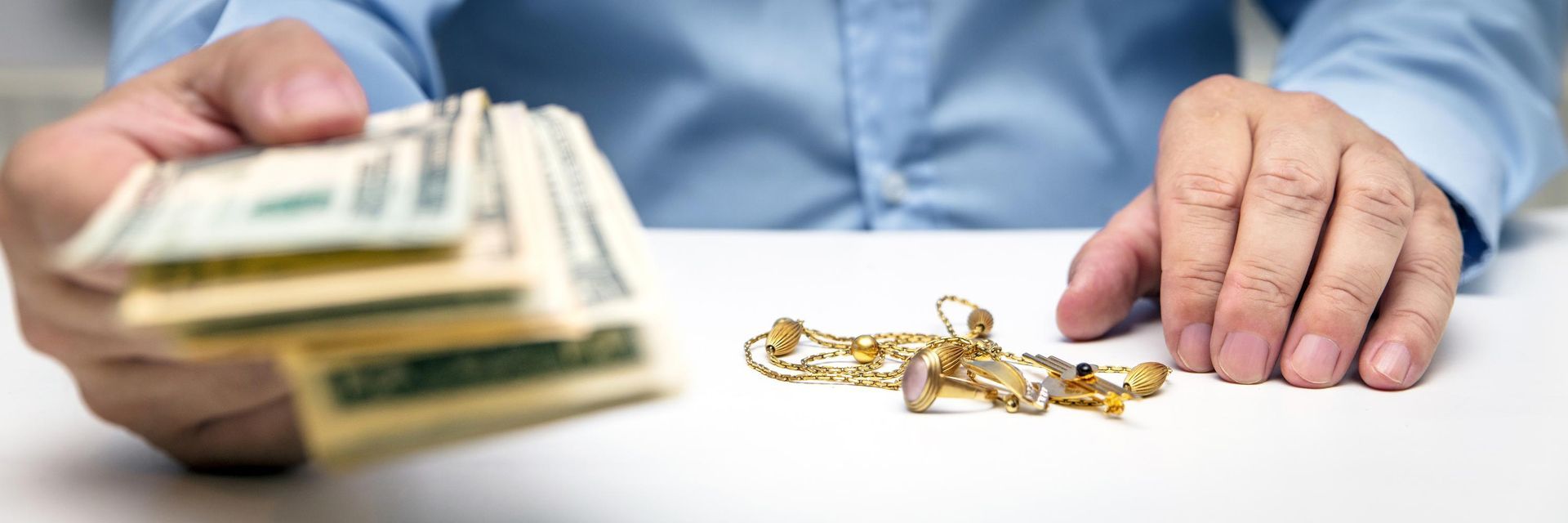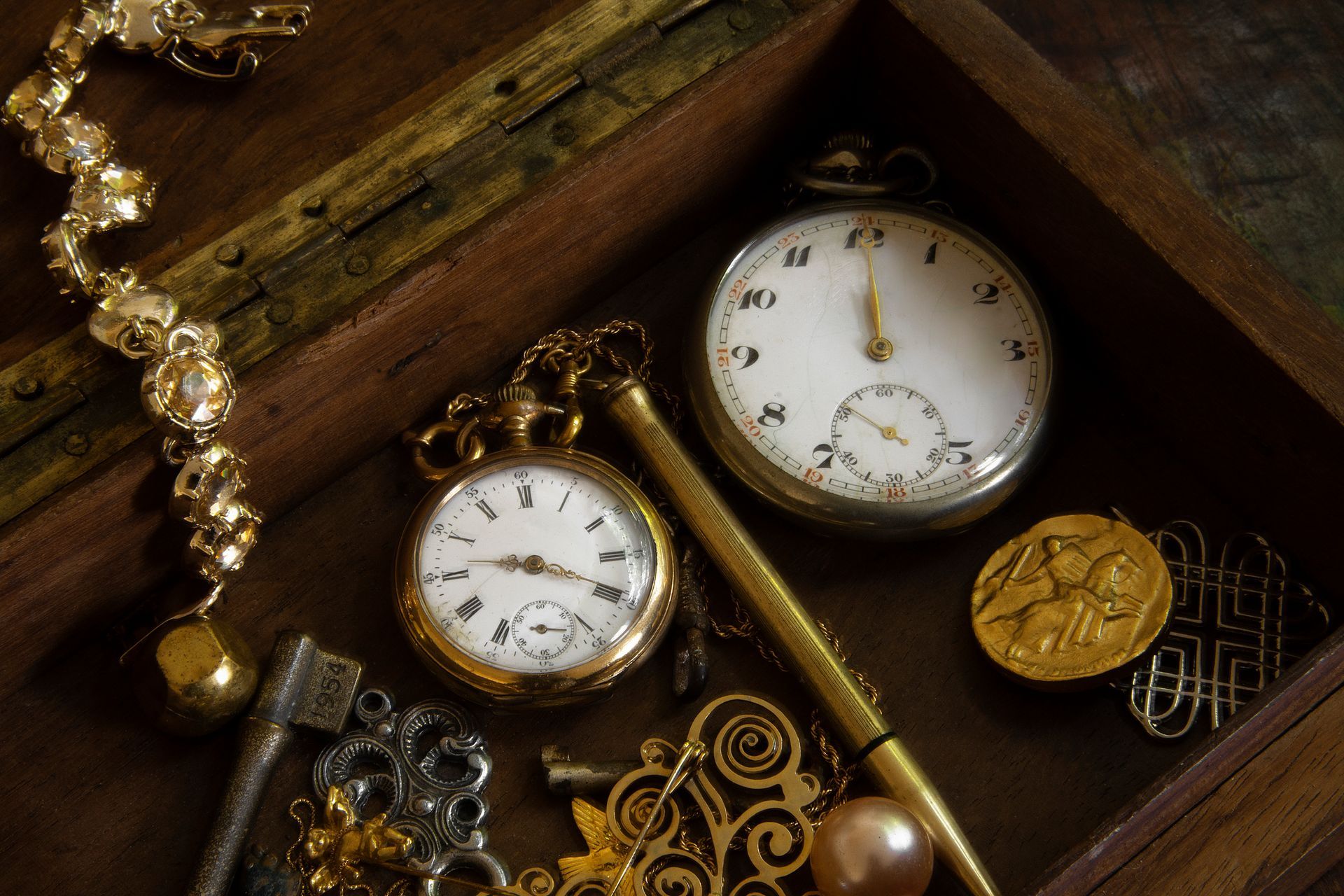Make Pawn Loans a Part of Your Emergency Fund Strategy
Do you need to build up your financial emergency fund but you aren't flush with cash? One easy way that you can boost the safety net of any size emergency fund is to plan to use pawn loans in the future if needed.
A pawn loan is a loan you get when you take an asset to a pawnshop and use it as collateral for a loan based on the market value of the said asset. At the end of the loan term (usually 30 days ), you may either return to repay your loan with some interest or let the pawnshop keep the collateral. How should you add pawn loan strategies to your emergency fund plans? Here are five key things to do.
1. Designate Assets for Loans
The best time to build an emergency plan is when things are going well. If you want to add pawn loans to your emergency fund strategy, take the time now to look around at what you have that may be worth some money to a pawnshop.
Choose assets with which you don't have a sentimental relationship so you'll have an easier time letting go if you can't repay the loan. Then research how much you're likely to get for each item and find a quality local pawnshop. Depending on your goals, you may want to designate several assets or rely on a few high-value ones. By deciding this in advance, the process of tapping their value is easier and faster.
2. Use the Assets in the Interim
One of the best reasons to include pawning as part of an emergency fund is that you can continue to uses the assets in normal circumstances.
If you designate an extra flat-screen television as a pawnable asset, for instance, you don't have to squirrel it away as you would money in an account. Instead, continue to enjoy it on a daily basis. This increases the overall value of a pawn loan strategy and makes it less onerous than trying to keep liquid cash safe.
3. Upgrade Assets to Boost Value
A good way to increase the value of the pawnable part of your emergency fund is to occasionally upgrade assets to those that hold more value. For instance, if you keep an eye out at second-hand sellers, you may come across jewelry items with more value than what you have at home. Consider selling the existing ones and purchasing higher-value replacements when you can. Your fund will grow organically.
4. Improve the Value of Pawnable Assets
While using and maintaining items that can be pawned, look for ways to improve their value while you own them. For instance, having a piece of jewelry cleaned and repaired could boost its pawnable value quite a lot. With a small investment in the repair services, you can double or triple the potential cash stored in that part of your emergency fund. Establishing provenance is another easy way to build value.
5. Protect Assets That May Be Pawned
Finally, make sure you keep an eye on assets that are part of your emergency fund plans. The last thing you want is to have a financial emergency only to discover that you've lost some valuable piece of jewelry or that your spouse sold that collectible you had intended to pawn for cash.
If you include a number of assets in your emergency fund, track and inventory them. Make sure everyone in the household knows about the plan, and check their condition on a regular basis.
Are you ready to make pawn loans a part of your emergency fund? Begin by learning more about the pawning process. At 2 J's Pawn & Gun , we can help. Stop by to speak with a pawning professional or visit our inventory online to see how you can access the value of your stuff in a pinch.









